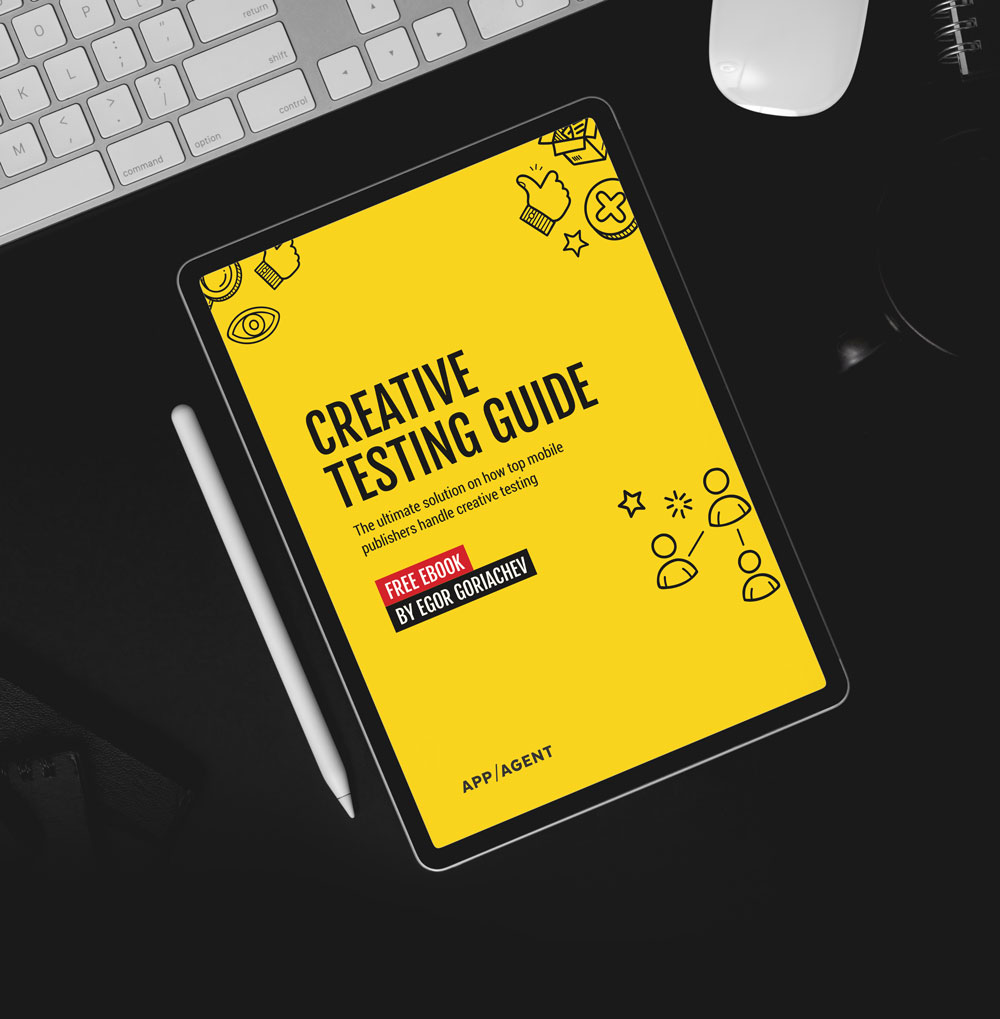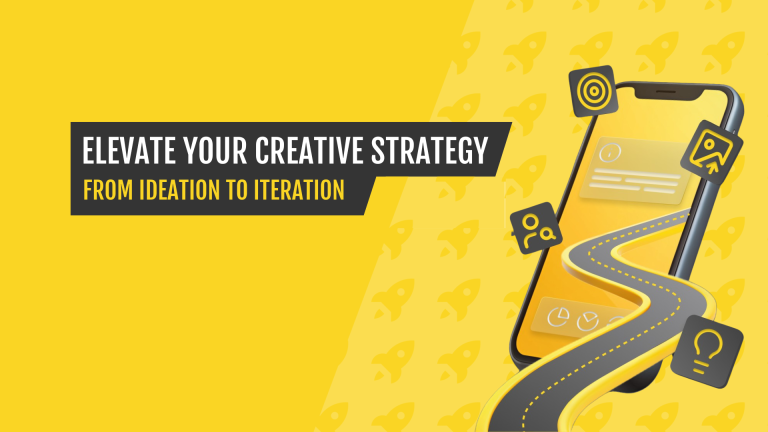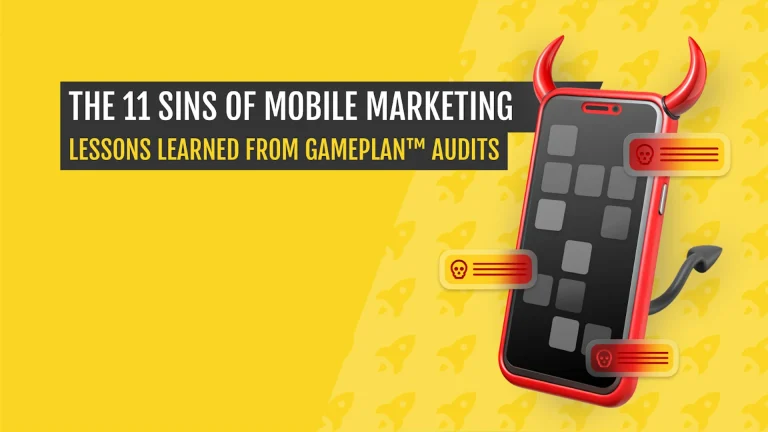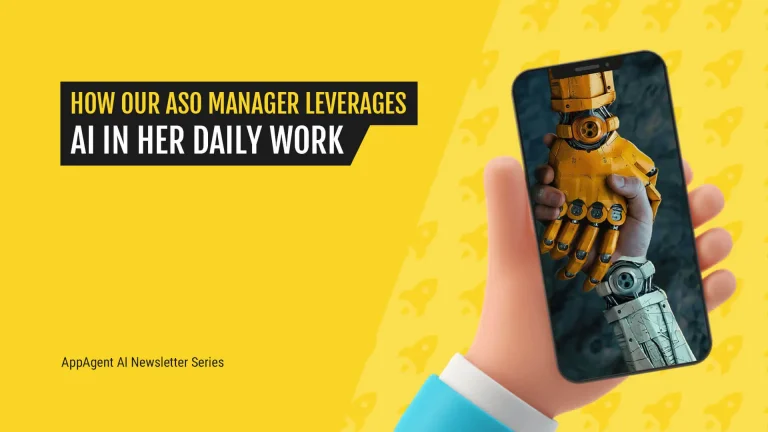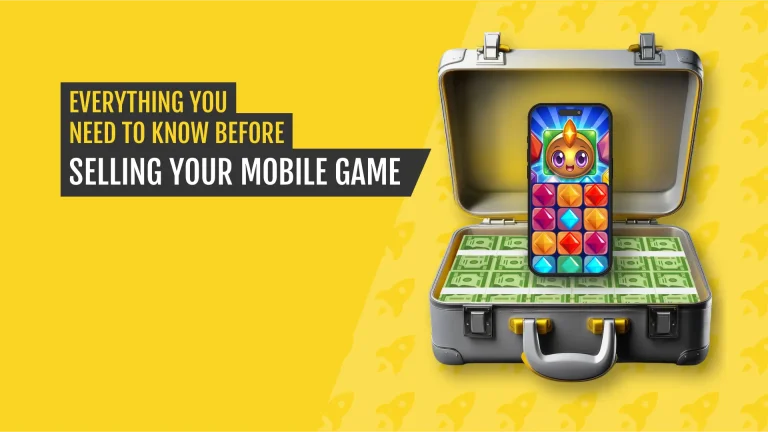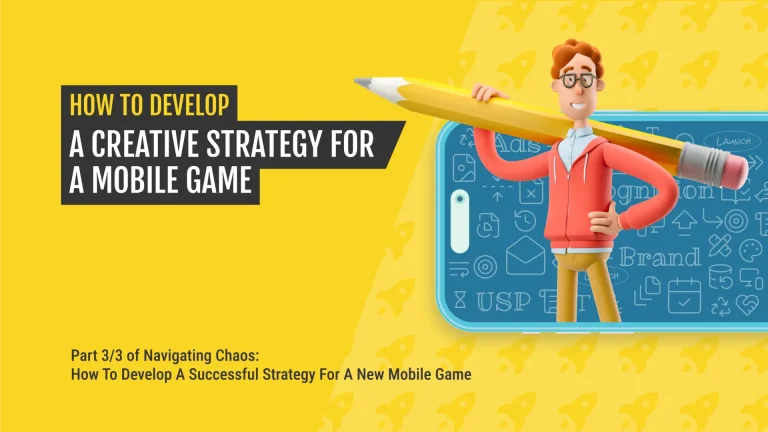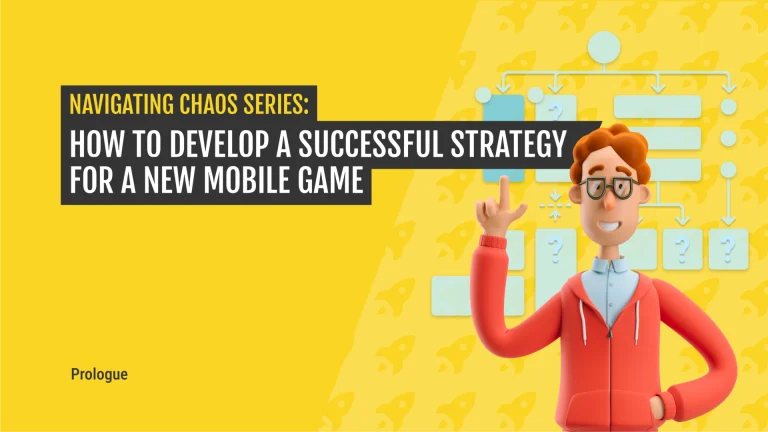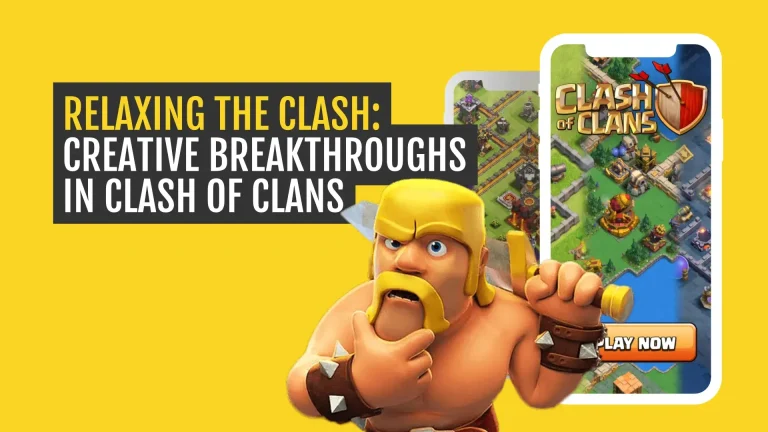Blog
Mobile growth insights in the form of in-depth articles, guides, and best practices.
SUBSCRIBE TO RECEIVE
MOBILE growth INSIGHTS

Discover 2025's top AI trends—from hyper-personalization to virtual influencers—reshaping gaming, marketing, and creativity. 🚀

Master mobile marketing with AppAgent's video course on creative strategy—actionable tips, hooks, & iterations in 4-6 min lessons!

As the mobile app industry evolves, many companies struggle to keep up with the latest trends and adapt through effective strategies. As a s...

It’s hard to imagine AppAgent without AI! See how our ASO Manager uses it daily to boost expertise while keeping a human touch.

If you're thinking about selling your game, you're likely swamped with questions. How long will it take? What's it worth? How do you find th...

What exactly is a creative strategy, how do you build one, and how do you achieve the "sex appeal" of your game?

Today, a robust go-to-market strategy is essential for success, it can no longer be an afterthought.

Where should you start with the development of a new mobile game: do you begin with the idea or the audience?

This series will provide insights on how to approach business strategy in the post-IDFA world, specifically within the gaming sector.

Gain a better understanding of how mobile game publishers can benefit from Custom Product Pages (CPPs) and what impact they can expect.

Once in a while, as marketers, we stumble upon exciting opportunities that, at first glance, might seem a bit counterintuitive. That's exact...

Discover how AppAgent elevated Clash Royale's app store presence by incorporating captivating RPG-themed creatives.
Download the
Creative Testing Guide
Bring your creative testing process to the next level with AppAgent’s bulletproof method, backed by top mobile publishers.
